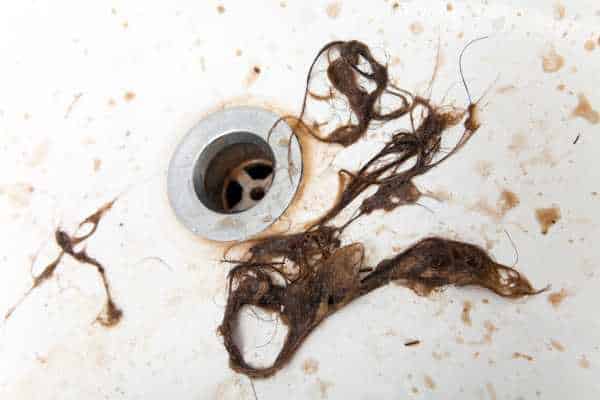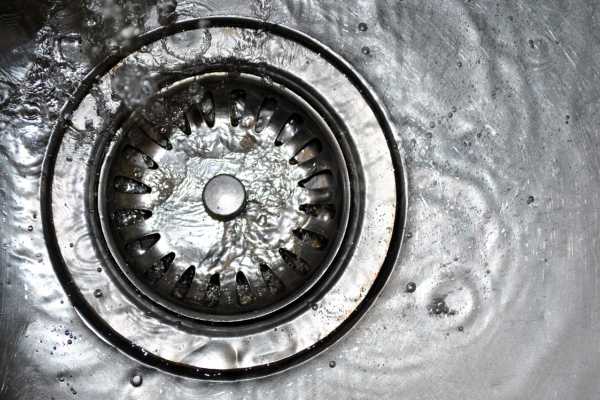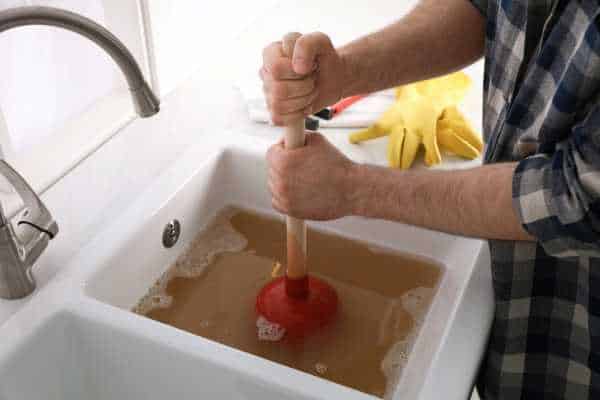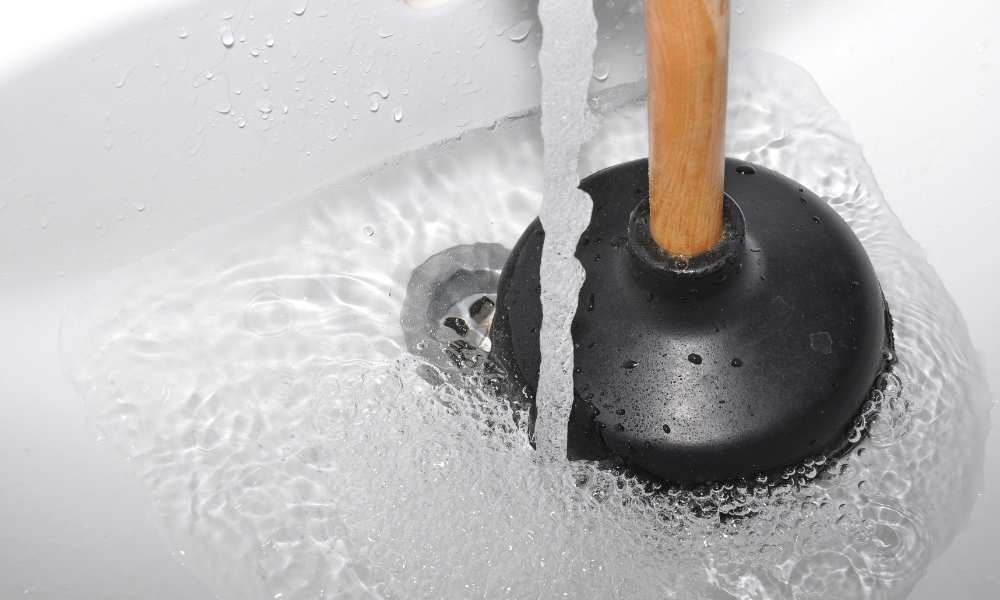Dealing with a clogged sink drain can be frustrating, especially when it’s caused by hair accumulation. In this article, we’ll explore effective methods on how to get hair out of sink drain, ensuring your plumbing remains free-flowing and functional. Whether you’re dealing with minor blockages or stubborn clogs, our guide will provide you with practical solutions, from simple home remedies to essential tools that make the task effortless. Say goodbye to standing water and slow drainage as we dive into the best practices to keep your drains clear and maintain your home’s plumbing health. Join us as we tackle this common household issue with ease and efficiency.
Identifying Hair Buildup in Your Sink Drain

Recognizing hair buildup in your sink drain is the first step toward resolving slow drainage issues. Typically, this problem manifests as water pooling around the drain, accompanied by an unpleasant odor. A visual inspection often reveals strands of hair tangled around the pop-up stopper or crossbars. You might also notice a slimy texture, which indicates the presence of soap scum and oils that often accompany hair deposits. Identifying these signs early can prevent more severe clogs and maintain your sink’s optimal performance. Regular checks and prompt action can save you from the hassle of more complicated and costly plumbing repairs.
Tools and Materials Needed for Removing Hair from Drains
Before you tackle a hair-clogged drain, gathering the right tools and materials is essential for a smooth cleaning process. You’ll need rubber gloves to protect your hands, a standard plunger to loosen the clog, and a drain claw or a zip-it tool to pull out the hair effectively. For tougher clogs, consider having a plumber’s snake at hand. Additionally, a flashlight can help you see deep into the drain. Keep a bucket nearby to catch any debris and water that may come out during the cleaning. Having these items ready will not only make the task easier but also prevent further damage to your plumbing system.
Step-by-Step Guide to Manually Removing Hair from the Drain

To manually remove hair from your sink drain, start by donning gloves to protect your hands. Next, remove the drain stopper; you might need a screwdriver or pliers depending on the stopper type. Once open, use a bent wire hanger or a specifically designed drain cleaning tool to fish out the hair. Carefully insert the tool into the drain, twist it to catch the hair, and gently pull it out. Dispose of the accumulated hair in the trash to avoid further clogging. After clearing the hair, flush the drain with hot water to remove any lingering debris, ensuring a smooth and clean flow.
The Role of Chemical Drain Cleaners in Removing Hair
Chemical drain cleaners offer a quick solution for removing hair clogs in sink drains. These powerful formulas work by dissolving hair and other organic materials that cause blockages. However, it’s important to use them responsibly to avoid damaging your plumbing. Always follow the manufacturer’s instructions and use the recommended amount to ensure safety and effectiveness. Additionally, consider the environmental impact and potential hazards to household pets when choosing a chemical cleaner. For those seeking a less aggressive approach, enzymatic cleaners provide an eco-friendly alternative that breaks down organic matter without the harsh chemicals.
Using Natural Remedies to Dissolve Hair in Sink Drains

Natural remedies are a safe and eco-friendly option for addressing hair clogs in sink drains. Baking soda and vinegar, for example, can effectively break down pile accumulation. To use this method, pour a cup of baking soda directly into the drain, followed by a cup of white vinegar. The mixture will fizz and foam, helping to dissolve the pile. After letting it sit for an hour, flush the drain with boiling water to clear out any remaining debris. This technique not only clears your pipes but also minimizes the use of harsh chemicals, making it a gentle yet powerful solution for maintaining clean and clear drains.
How to Use a Plumber’s Snake to Clear Hair Clogs
Using a plumber’s snake, also known as a drain auger, is an efficient way to tackle hair clogs in your sink. This flexible, coiled tool is designed to navigate through the twists and turns of drain pipes, allowing it to reach deep clogs that other methods cannot. To begin, slowly feed the snake into the sewer until you encounter resistance. Then, rotate the handle to hook the pile and pull it out. Repeat this process as necessary until the water flows freely. This method is particularly useful for severe blockages and can prevent the need for harsh chemical cleaners, preserving the integrity of your plumbing.
Preventative Measures to Keep Hair Out of the Drain

Preventing hair from clogging your sink drain starts with simple, everyday actions. Consider installing a drain guard to catch hair before it enters the plumbing system. Regularly brushing your hair before showering can also reduce the amount of pile that might end up in the sink. For those who shave over the sink, rinsing the basin frequently during and after shaving helps keep pile from settling. Additionally, running hot water through the sewer after each use can help flush away any stray hairs before they accumulate. By integrating these habits into your routine, you can maintain a clear sewer, minimizing the need for more intensive cleaning efforts.
Professional Solutions for Recurring Drain Clogs
For recurring drain clogs, it’s often wise to consult with plumbing professionals who can provide more permanent solutions. These experts utilize advanced tools like motorized sewer augers and high-pressure water jetters, designed to effectively clear out stubborn blockages and accumulated debris. Additionally, professional plumbers can conduct video inspections to precisely identify and address underlying issues within the plumbing system, ensuring that the same problems do not reoccur. Opting for these expert services not only restores proper drainage more quickly but also helps prevent future clogs, saving time and reducing potential damage to your plumbing infrastructure.
Regular Maintenance Tips for Sink Drains

Regular maintenance of sink drains is essential to prevent clogs and ensure smooth water flow. Start by using a sewer guard to catch pile and other debris. Weekly, flush the sewer with boiling water to dissolve any accumulating fats or oils. For a deeper clean, mix baking soda and vinegar, pour it down the sewer, and after a few minutes, follow with hot water. This natural combination helps break down build-up without harsh chemicals. Additionally, avoid pouring grease or large food particles down the sink as they can solidify and contribute to blockages. By following these simple steps, you can keep your drains clear and functional all year round.
Common Mistakes to Avoid When Clearing Sink Drains
One common mistake when clearing sink drains is using harsh chemical cleaners excessively, which can corrode pipes and harm the environment. Many people also neglect the power of regular maintenance, such as weekly flushing with hot water to prevent pile build-up. Additionally, forcing objects down the sewer to dislodge clogs can damage plumbing and exacerbate blockages. To preserve the integrity of your pipes and ensure effective drainage, it’s crucial to adopt gentle cleaning techniques and avoid over-reliance on chemical solutions. Implementing these strategies will help maintain your plumbing system and prevent frequent clogs without resorting to drastic measures that could lead to costly repairs.
Conclusion
Learning how to get hair out of sink drain is essential for maintaining a clean and functional plumbing system. By utilizing the right tools and techniques, you can effectively remove and prevent pile clogs without damaging your pipes. Remember, regular maintenance is key to avoiding these common issues. Whether you choose manual removal, natural cleaning solutions, or occasional professional help, keeping your drains free of pile buildup will ensure smooth and efficient drainage. Adopt these practices to keep your plumbing in top condition and your home running smoothly.

